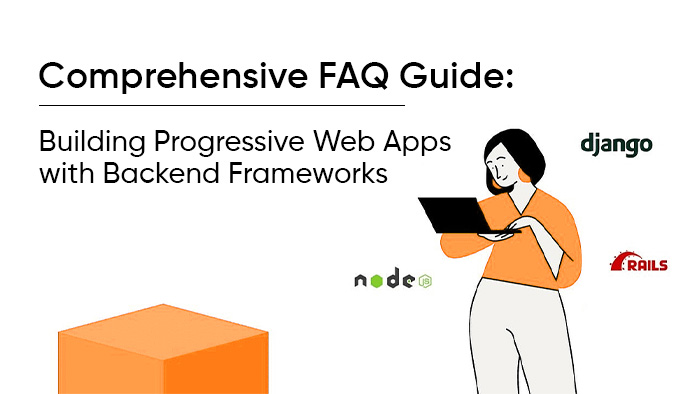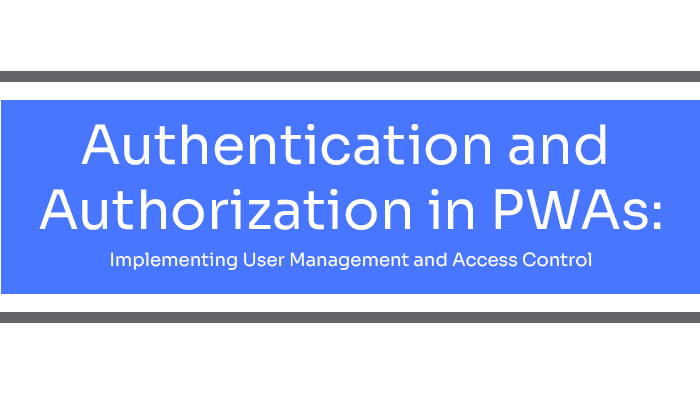
Comprehensive Faqs Guide: Building Progressive Web Apps with Backend Frameworks: Node.js, Django, or Ruby on Rails
Section 1: Introduction to Backend Integration in PWAs In this section, we’ll delve into the significance of backend integration within Progressive Web Apps (PWAs). We’ll explore how backend frameworks like Node.js, Django, and Ruby on Rails play a crucial role in building robust PWAs. We’ll also discuss the concept of a backend API and its interaction with frontend PWAs, highlighting the benefits of backend integration over standalone frontend apps. Lastly, we’ll examine how backend integration impacts user experiences in PWAs, particularly in terms of data retrieval and manipulation. What is the role of backend integration in Progressive Web Apps (PWAs) and why is it important? Backend integration in PWAs involves connecting the frontend application to a server-side infrastructure, enabling seamless data exchange, user authentication, and business logic execution. It serves as the bridge between the user interface and data storage, allowing PWAs to offer dynamic and interactive experiences. Backend integration is essential because it enables real-time data synchronization, user authentication, and efficient management of application
